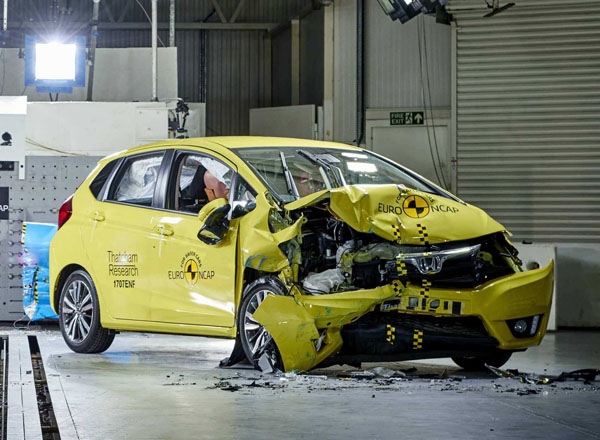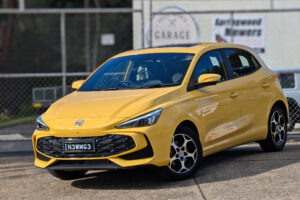
I don’t hear this statement as often as I used to, “They don’t make them like they used to.” The comment comes after a crash involving a new car and an old one. A rear-ender that’s resulted in a huge amount of damage to the front of a new car, yet has created only big dents in the back of the old one.
The crash has usually been a small one, probably at a speed of under 15 km/h. A typical suburban bingle, usually caused by a driver’s inattention and/or driving too close to the car in front. Repairs will cost thousands of dollars in the newer car and possibly only a quarter as much for the older one.
On the face of it the new car shapes up very badly. So it comes as a surprise to non-car people to learn that teams of engineers have spent tens of millions of dollars to ensure their car crumples as much as possible in a collision.
This is done to ensure people now survive crashes that previously would have caused death, crippling for life, or serious injury.
The longer a crash can be prolonged and the more damage is spread across the front of the car the better the chances of the occupants getting out with minimal injury.
Indeed, I’ve been known to ask a person complaining about the damage their near-new car has suffered, “Are you talking to me from you home or office?” The answer is generally. “Yes”. I then point out that they are not ringing from a hospital bed where they expect to spend the next few months of their lives…
The latest occupant protection technology is incredibly complex. In many of the latest designs, cars are built to collapse in stages:
In a carpark-type ding only the bumpers are damaged.
In a bigger crash components called ‘crash-cans’ or a similar name are fitted behind the bumpers, and are sacrificed to absorb collision energy. These cans are reasonably easy to replace, usually being bolted on rather than welded into place.
In a really big smash the only thing that matters is saving the car’s occupants. Repair cost of the car is irrelevant – if it has to be write off, then so be it.
The design of the car is such that maximum damage is done to the non-passenger areas and the interior of the cabin is protected as much as possible.
If only car makers had an accurate crystal ball so they knew which cars were going to be in big smashes they could trim a lot of the expense and weight out of their vehicles and save us all a fortune in insurance and repair cost.
ewan@marquenews.com.au








